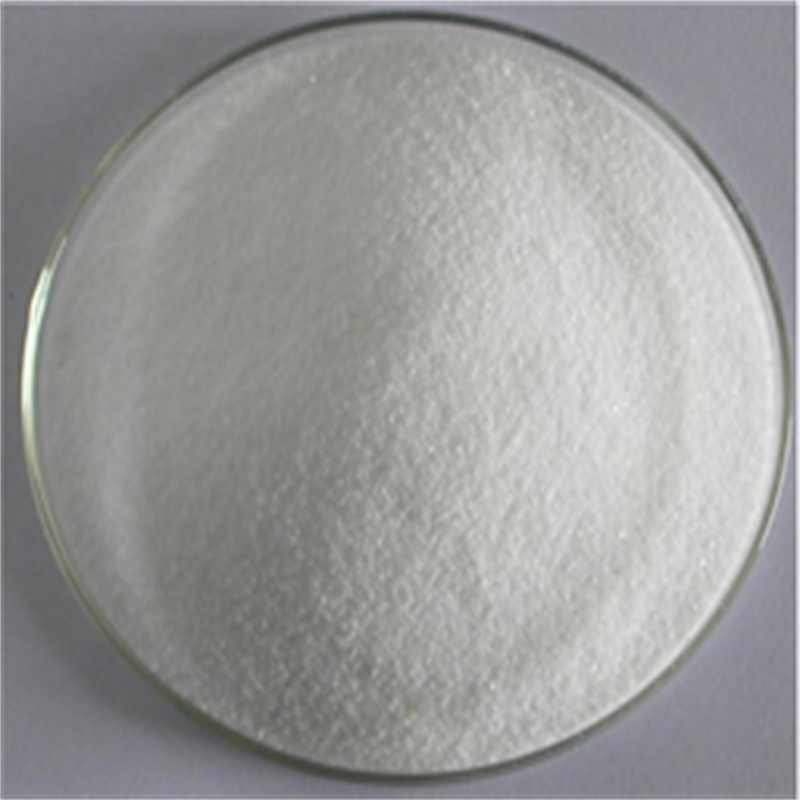-
Categories
-
Pharmaceutical Intermediates
-
Active Pharmaceutical Ingredients
-
Food Additives
- Industrial Coatings
- Agrochemicals
- Dyes and Pigments
- Surfactant
- Flavors and Fragrances
- Chemical Reagents
- Catalyst and Auxiliary
- Natural Products
- Inorganic Chemistry
-
Organic Chemistry
-
Biochemical Engineering
- Analytical Chemistry
-
Cosmetic Ingredient
- Water Treatment Chemical
-
Pharmaceutical Intermediates
Promotion
ECHEMI Mall
Wholesale
Weekly Price
Exhibition
News
-
Trade Service
Cancer pain can reduce the quality of life of cancer patients
Some experimental studies suggest that nicotine has analgesic properties, possibly through the action of central and peripheral nicotine acetylcholine receptors
This study aimed to investigate whether changes in smoking behavior after cancer diagnosis affect the incidence of severe cancer pain as determined by potent opioid use
Using a large Japanese insurance claims database (n = 4797329), the researchers selected 794,702 insured employees whose annual health check data could be confirmed ≥6 times between January 2009 and December 2018
During a mean follow-up of 25.
Univariate Cox proportional hazards regression analysis was performed, taking into account smoking status and possible confounding factors, including age, gender, alcohol consumption, BMI, cancer type, and duration between cancer diagnosis and the onset of cancer pain (Table 3)
In multivariate Cox proportional hazards regression analyses, the number of covariates in the three models was increased to assess the association between smoking status and heavy opioid use
In Cox proportional hazards regression analysis, ex-smokers had a significantly lower risk of receiving potent opioids than current smokers (HR: 0.
Studies have shown that continued smoking after a cancer diagnosis is associated with advanced, severe cancer pain
Original source:
Taniguchi C, Narisada A, Tanaka H, Iida H, Iida M, Mori R, Nakayama A, Suzuki K.







